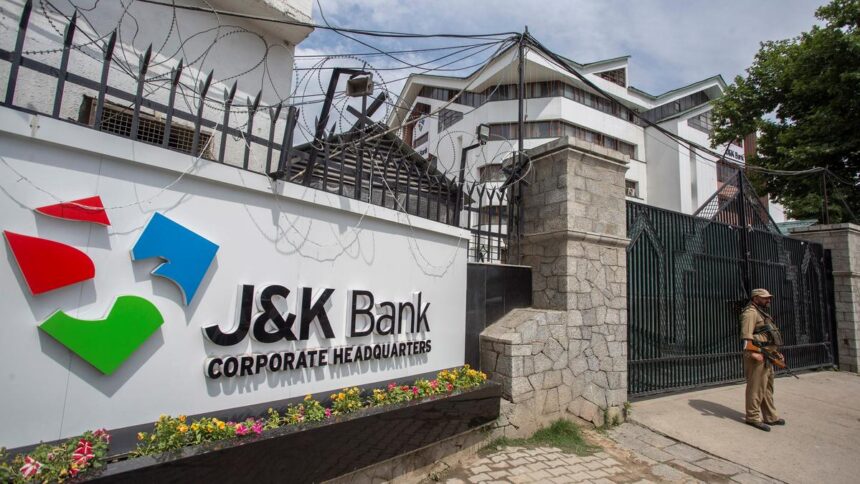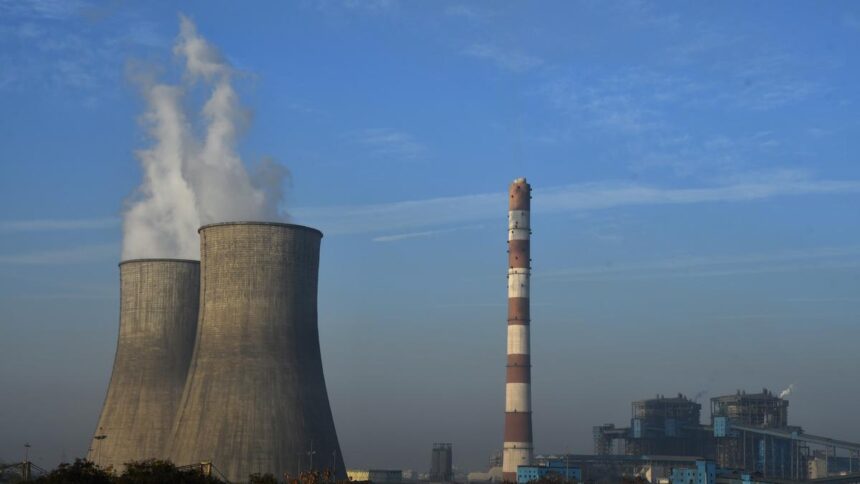The recent tremors in Delhi NCR and flash floods across North India have once again raised a critical question: Are urban households truly prepared for climate-linked disasters?
Even monsoons, this year, have had a lasting impact on homes and lives. Over six lakh people have been displaced in Assam with 47 lives lost across the NorthEast. Homes, bridges and power lines have been swept away in Himachal Pradesh’s cloudbursts.
Add to this the powerful 6.1 magnitude earthquake that struck Nepal in February, with tremors strongly felt across Bihar, Siliguri, and parts of Delhi NCR, and it becomes clear one can no longer ignore nature’s fury. Images of flooded ground floors, collapsed boundary walls, and soaked interiors fill news feeds every single year.
If it is Himachal and Assam this year, it was Maharashtra in 2021, Karnataka in 2024 and Uttarakhand in 2023. Despite recurring events, rural and urban India persistently stay under-insured when it comes to home insurance. Beyond seasonal shocks, here’s why India needs to take such insurance more seriously amid climate crisis.
Floods during monsoons have become a lot more common in recent years. But apart from that, 59% of India’s landmass is also at moderate to severe earthquake risk. Not just that, landslides, lightning strikes, and even urban floods now affect cities once considered “safe zones”. Given these statistics, it is understandable our data suggests natural disasters are now the leading reason (41%) why Indians consider home insurance. And yet, only 39% go on to purchase one.
Barrier of confusion
So, what holds so many back? Confusion remains a major barrier. Nearly 27% of respondents say they find it hard to compare policies or understand inclusions. Most importantly, 23% of the people believe home insurance is not necessary at all. The reason is often they haven’t experienced direct loss or haven’t been educated about the real risks. Another 18% of interested buyers drop off at the final stage, citing lack of clarity or urgency.
Apart from natural disasters, ongoing home loans and thefts were cited as the other top reasons for considering home insurance. As per the data, a growing number of households, especially those with active home loans (31%), are beginning to view insurance as an important financial shield.
However, there is another angle. Many lenders require borrowers to insure the structure at the time of loan disbursal, but that coverage is often minimal, covering just the structure, and not the belongings or contents within.
This raises the question: are we protecting our investments or just ticking boxes? Meanwhile, 30% see theft as an important factor to go for home insurance, particularly in fast-expanding urban areas. Securing household belongings and valuables is top of mind for them.
Reality hits home
India has unique geographical and ecological challenges, ranging from the earthquake-prone zones of Gujarat and Northeast India to the cyclone-vulnerable coasts of Odisha, West Bengal, and Tamil Nadu.
According to the National Disaster Management Authority, India recorded 159 earthquakes from November 2024 to February 2025. Also, India ranks among the top five countries most affected by natural catastrophes in terms of economic losses. Interestingly, the home insurance gap is not just about cities.
As smaller towns urbanise and real estate investments spread beyond Tier 1 cities, the risk spreads as well. The good news is that the sector is responding to these challenges. India’s home insurance market, which was valued at $9.57 billion in 2024, is projected to nearly double to $18.07 billion by 2033.
Digital onboarding, AI-powered underwriting, and claim automation are already making making on-ground impact.
But the biggest hurdle is consumer trust, awareness and understanding. Until the average household clearly understands what home insurance covers and how little it costs relative to the protection it provides, adoption will remain low and reactive, instead of being proactive.
In 2025, home insurance is no longer a luxury but a prerequisite for financial resilience. If the events of this year have shown us anything, it’s that climate risk can no longer be viewed as hypothetical.
The cost of being uninsured or under-insured is too high. In an era defined by uncertainty, peace of mind may just be the most valuable coverage of all.
(The writer is head, home insurance, Policybazaar)
Published – August 11, 2025 06:07 am IST






















